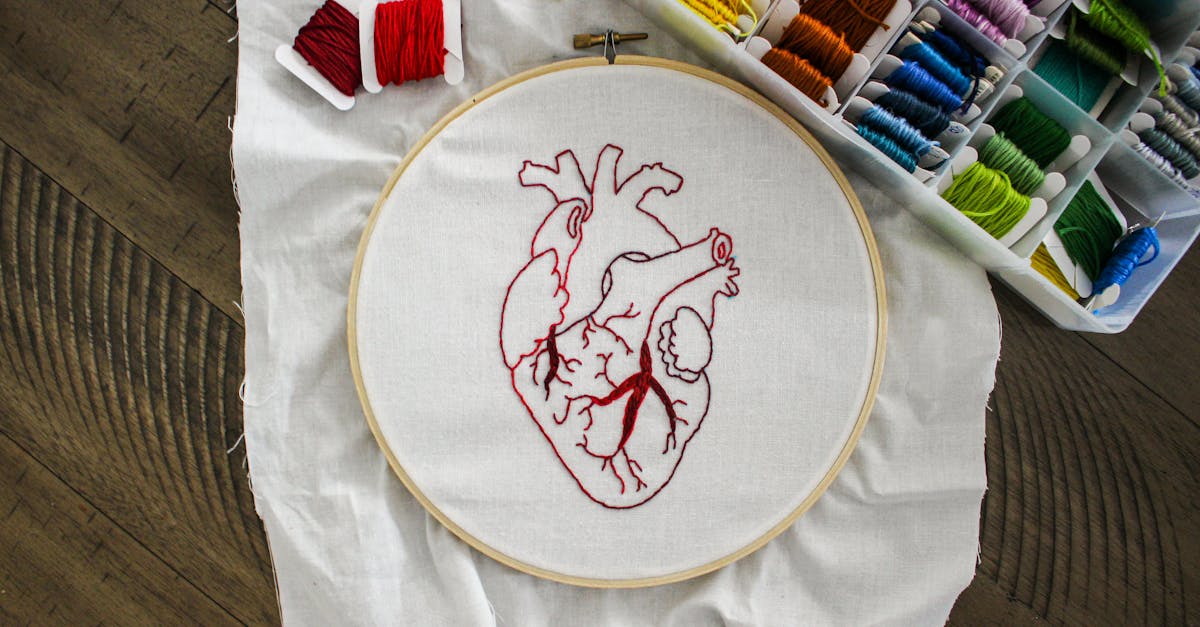Knitting is not just a craft; it’s a therapeutic practice that can promote mental well-being and ignite creativity. As knitters delve into intricate patterns, they immerse themselves in a world of textures, colors, and stitches. In this article, we will explore six strategies for navigating knitting patterns, with a focus on promoting mental health while delving into cable knit, fair isle knit, and intarsia techniques.
1. Understand Pattern Terms:
Before embarking on a new knitting project, it’s essential to familiarize yourself with common pattern terms. From “knit” and “purl” to “yarn over” and “slip stitch,” each term carries specific instructions that dictate the outcome of your project. By mastering these terms, you can approach patterns with confidence and clarity, reducing feelings of overwhelm and enhancing your knitting experience.
2. Practice Mindfulness Through Cable Knit:
Cable knit is a technique that creates intricate designs resembling twisted ropes or cables. Engaging in cable knitting requires focus and concentration, making it an excellent practice for fostering mindfulness. As you work through cable patterns, pay close attention to each stitch and cable twist, allowing yourself to be fully present in the moment. The repetitive nature of cable knitting can have a calming effect on the mind, promoting relaxation and stress relief.
3. Embrace Creativity with Fair Isle Knit:
Fair Isle knitting involves working with multiple colors in a single row to create beautiful geometric patterns. This technique encourages knitters to experiment with color combinations and design elements, sparking creativity and self-expression. Embrace the artistry of fair isle knit by choosing vibrant color palettes and exploring intricate motifs. The process of creating intricate fair isle patterns can be both challenging and rewarding, offering a creative outlet to channel your emotions and thoughts.
4. Dive into Intarsia for Artistic Expression:
Intarsia knitting allows knitters to incorporate bold, graphic designs into their projects by working with separate blocks of color. This technique offers endless possibilities for artistic expression, enabling you to create personalized patterns and images within your knitted fabric. Dive into intarsia knitting as a form of artistic exploration, merging colors and shapes to craft unique and stunning pieces that reflect your individual style and vision.
5. Break Down Patterns into Manageable Sections:
Knitting patterns can be complex and daunting, especially for beginners or those tackling advanced techniques. To avoid feeling overwhelmed, break down patterns into manageable sections or repeatable sequences. By focusing on one section at a time, you can maintain a sense of progress and accomplishment throughout your project. This approach not only enhances your understanding of the pattern but also promotes a sense of control and mastery over your knitting journey.
6. Practice Patience and Persistence:
Mastering knitting patterns, whether it’s cable knit, fair isle knit, or intarsia, requires patience and persistence. Learning new techniques and tackling challenging patterns may involve trial and error, but it’s essential to embrace the process with a positive mindset. Celebrate small victories, learn from mistakes, and trust in your ability to grow and improve with each project. Knitting is not just about the final product; it’s about the journey of self-discovery and skill development that unfolds with every stitch.
Conclusion:
Knitting patterns are not just instructions for creating garments or accessories; they are gateways to creativity, mindfulness, and self-expression. By incorporating strategies for understanding pattern terms, exploring cable knit, fair isle knit, and intarsia techniques, and cultivating patience and persistence, knitters can embark on a rewarding journey of skill development and emotional well-being. Embrace the art of knitting patterns as a means to nourish your mind, body, and soul, one stitch at a time.


